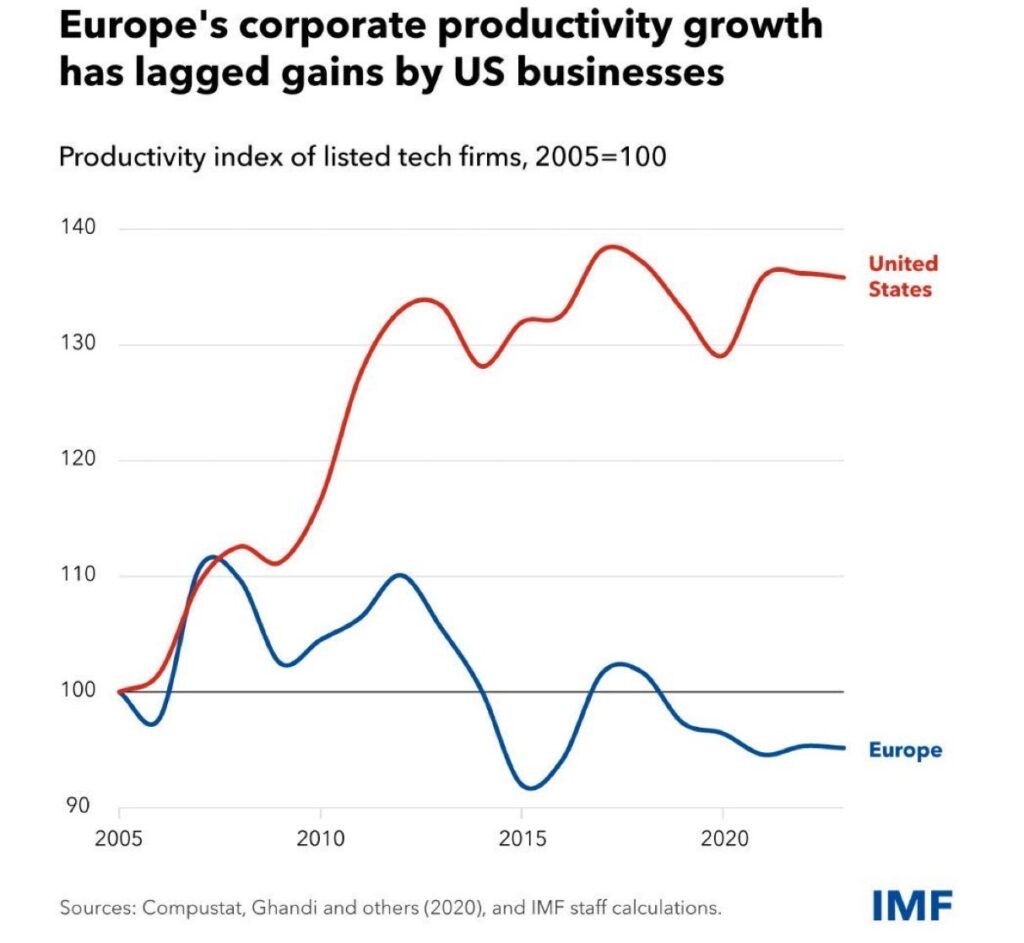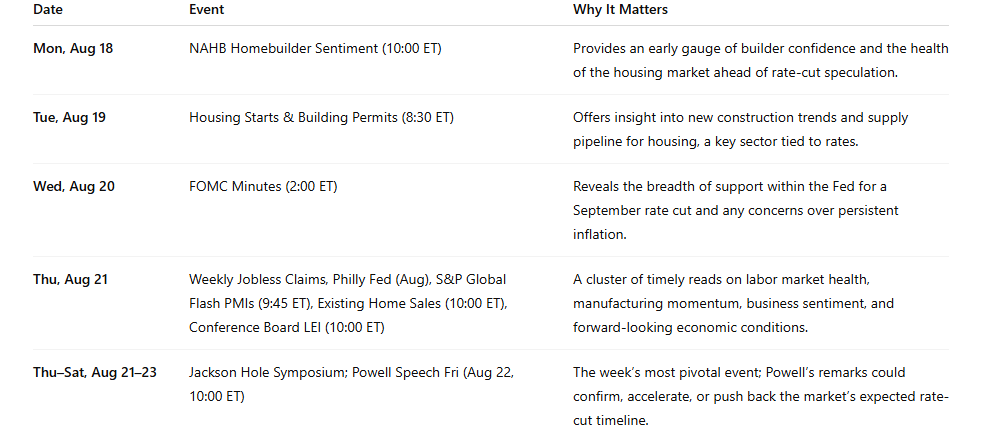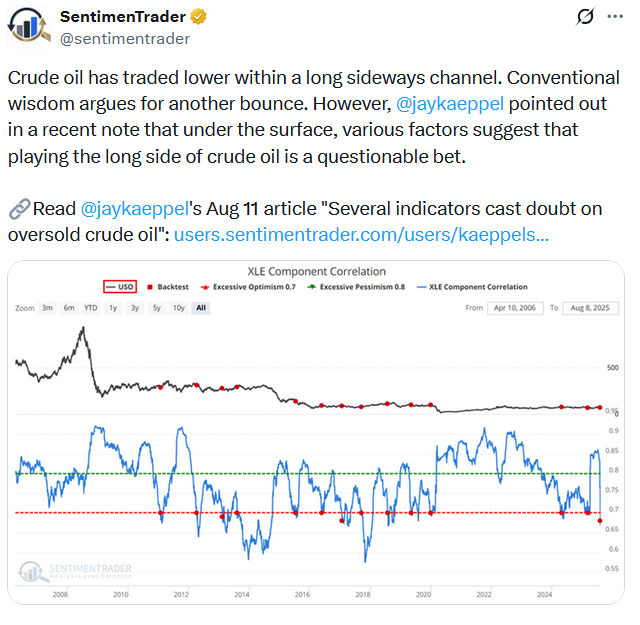U.S. stocks edge higher after weekly jobless claims; Salesforce gains
Since 2015, the performance of the S&P 500 has been more than double that of stocks from the Euro Stoxx 50 (FEZ) and the iShares developed markets ETF (NYSE:EFA). However, recently the tide has turned, and the Euro and broader foreign stock indices are beating the S&P 500.
The recent outperformance and significant valuation differences have some media pundits calling for a continued rotation from US stocks to foreign developed stocks. To their point, FEZ has a P/E of 11 and EFA of 13, both of which are nearly half of the S&P 500.
Valuations, without the perspective of future growth, are worthless. Would you rather buy grocery store A for two times last year’s earnings or grocery store B for five times last year’s earnings? The question is impossible to answer without knowing how their sales and profits are growing.
What if store A’s earnings growth has been flat for ten years, while store B’s have been expanding at a 20% clip and are expected to continue to do so? Similarly, when we look at market valuations like P/E, we also need to consider earnings growth.
From 2015 to 2025, the S&P 500 earnings growth has ranged between 8% and 12%, while the Euro and developed stock markets have been less than half that at 3% to 6%. This leads us to productivity and the graph below. Ultimately, productivity growth drives economic growth, which drives earnings.
Thus, the S&P 500 has a much higher valuation because it has more earnings growth. However, more importantly, investors are willing to pay more for S&P earnings in part due to the significant difference in productivity growth between the US and the euro region.

Key Catalysts Next (LON:NXT) Week
With markets still hovering near record highs, the coming week’s data will test whether momentum can continue into late summer. Housing indicators, Fed communications, and preliminary August activity readings will all shape rate-cut expectations and investor positioning.

Overall Risk Outlook: Neutral
While the July CPI data reassured markets that consumer inflation is moderating, the hotter-than-expected PPI reading highlights that upstream cost pressures are still working through the system. Retail sales showed consumers remain willing to spend, but industrial production slipped and consumer sentiment weakened, which are early signs that the growth impulse could be cooling.
With equities sitting at or near all-time highs, leadership concentrated in large caps, and valuations stretched, the market is more vulnerable to a shift in sentiment if next week’s housing data, Fed minutes, or Powell’s Jackson Hole remarks fail to reinforce the rate-cut narrative.
Tweet of the Day

